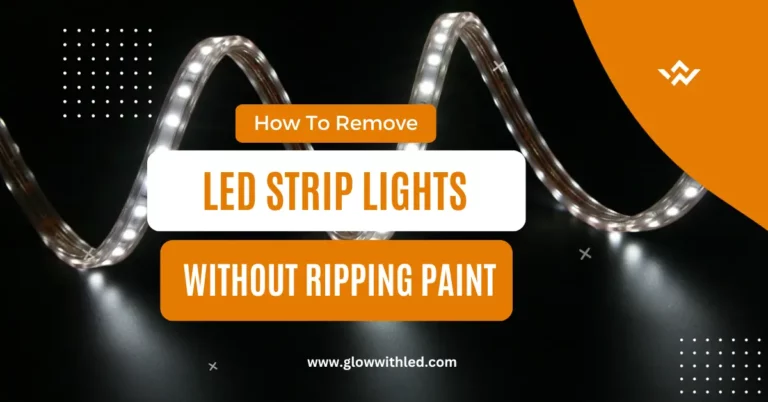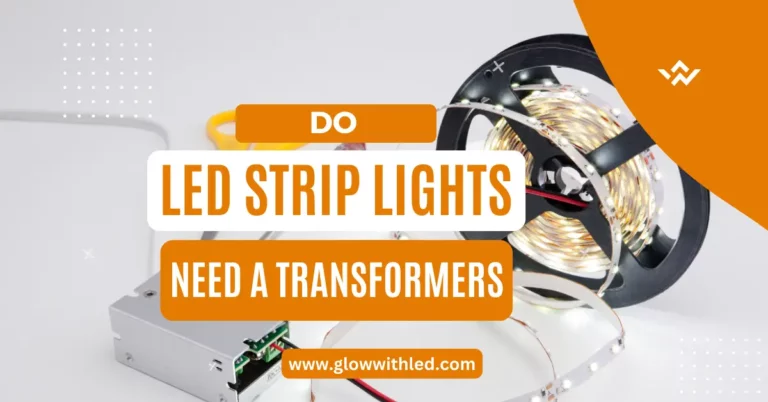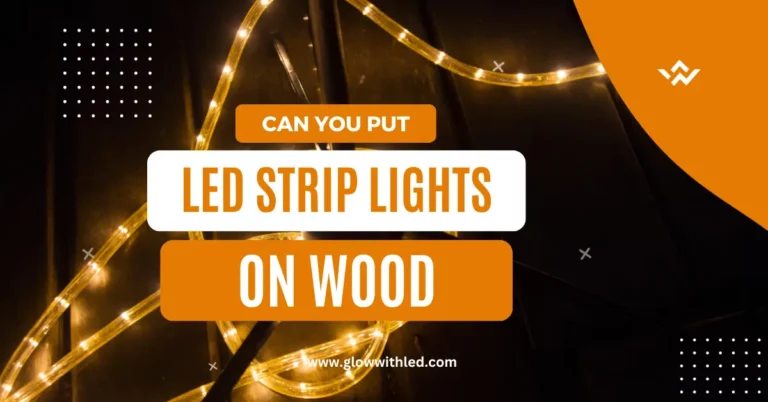Do LED Strip Lights Need a Heat Sink?
It is normal for electrical appliances to get hot as they consume a part of electricity to produce heat energy. These devices need a heat sink to regulate the temperature of internal components and prevent them from damage.
LED strip lights also work on the electric power and are not 100% efficient. Have you ever thought do LED strip lights need a heat sink?
LED strips also produce a small amount of heat. That can be dangerous if not ventilated properly. It’s important to circulate the fresh air.
So, Strip lights need a heat sink for cooling. Without a heat sink, there is a risk of damage due to overheating. So, for the proper use of strips, you need a proper heat sink that is compatible with your strip lights.
It’s not easy to choose the right type and size of heat sink for your strips. So you need a proper guide about the heating of LED strips, how can you reduce heat from them, and how to choose the appropriate type of sink for your strips. Here is an in-depth guide for you.
Do LED Strip Lights Get Hot?
If you are an LED strip lights user then you need to know do LED strip lights get hot or not? If yes, then how hot do LED strip lights get?
Due to the high efficiency of LED technology, strip lights also do not get hot enough like traditional bulbs. The heat generated only from the electrical component that’s not enough to cause a fire if you are careful.
Normally, LED strips do not feel harmful when you touch them. If the heat produced from the components dissipates regularly, it will be safe for strips and you both. But if the heat doesn’t dissipate properly, it is stored in LED strips itself which leads to the damage of strips.
Here are some factors that cause LED strips to get hot.
- Higher-density light strips get hot earlier than lower-density and need proper ventilation for safety.
- The temperature of the surroundings affects the temperature of the strips. If the temperature is high then it reduces the amount of heat dissipation that causes LED strips to get hot.
- Lower-quality LED light strips get hotter than high-quality strips.
Importance Of Ventilation
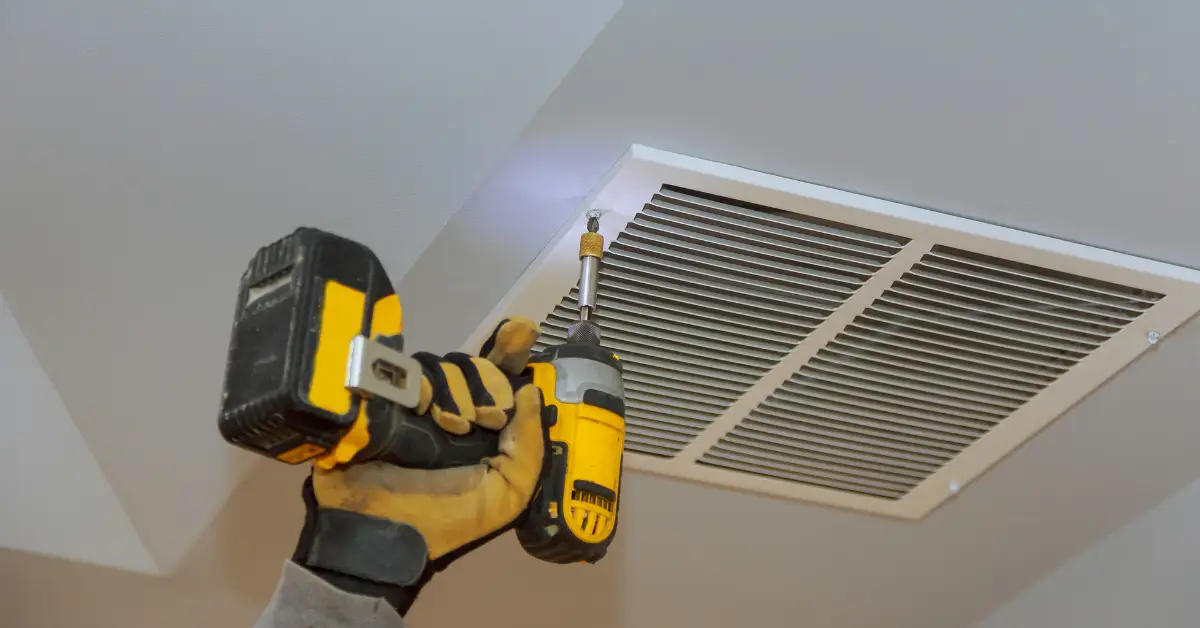
Ventilation is very important for all electrical appliances. Because they produce heat that needs to be dissipated somewhere for proper functioning.
In the case of LED strips, ventilation is also important to circulate the fresh air and dissipate the heat.
If LED strips are installed in a well-ventilated area then it ensures good airflow that keeps the internal temperature safe for components. It will also increase the lifespan of strips and increase their performance.
If you install LED light strips in an insufficient ventilation area or don’t use any type of heat sink, it will trap the heat inside the strips which affects the performance of strips and may damage its internal circuits or components.
What Is a Heat Sink and How Does It Work?
The heat sink is a cooling device that is used with electrical objects to dissipate the heat and prevent it from overheating.
If you have a question how to reduce the heat from LED strip lights? Then you can find your answer here.
You can use a heat sink to manage the heat generated by LED strips and regulate its temperature.
Heat sinks are important in such a way that they help strips to become cool. They absorb the heat generated by strips and transfer it to the environment, which expands the life of strip lights and ensures their proper functioning.
Moreover, the heat sink protects the strips from damage. Whenever LED overheats, the heat sink helps them to regulate the air between strips and the environment. which protects the components from any damage.
Types of LED Heat Sinks
For LED strip lights, many types of Heat sinks are available depending on many factors such as the power of strips, size, shapes, and material.
Before choosing the right sink for your strip lights, you need to know what are the different categories of heat sinks and for what purpose they are used.
If you categorize heat sinks in terms of airflow, there are two types of heat sinks.
1. Active Heat Sinks
Active heat sinks are devices that use fans or any other tool to actively remove the heat from LED light strips. They are more efficient and ensure the prolonged life of LED strips. Active heat sinks are often used in high-powered LED strip lights or in confined spaces.
2. Passive Heat Sinks
Like active heat sinks, passive heat sinks cool the strips without any fan. They rely on thermal conduction and use the materials to absorb heat from strips and spread it in the environment.
The material used in passive heat sinks has high thermal conductivity to exchange the heat between strips and surroundings.
You can use passive heat sinks in your house. They have high durability and require low maintenance.
Passive heat sinks include Aluminium Extension Heat Sinks, Copper Heat Sinks, and Ceramic Heat sinks.
Choosing the Right Sink for Your LED Light Strips
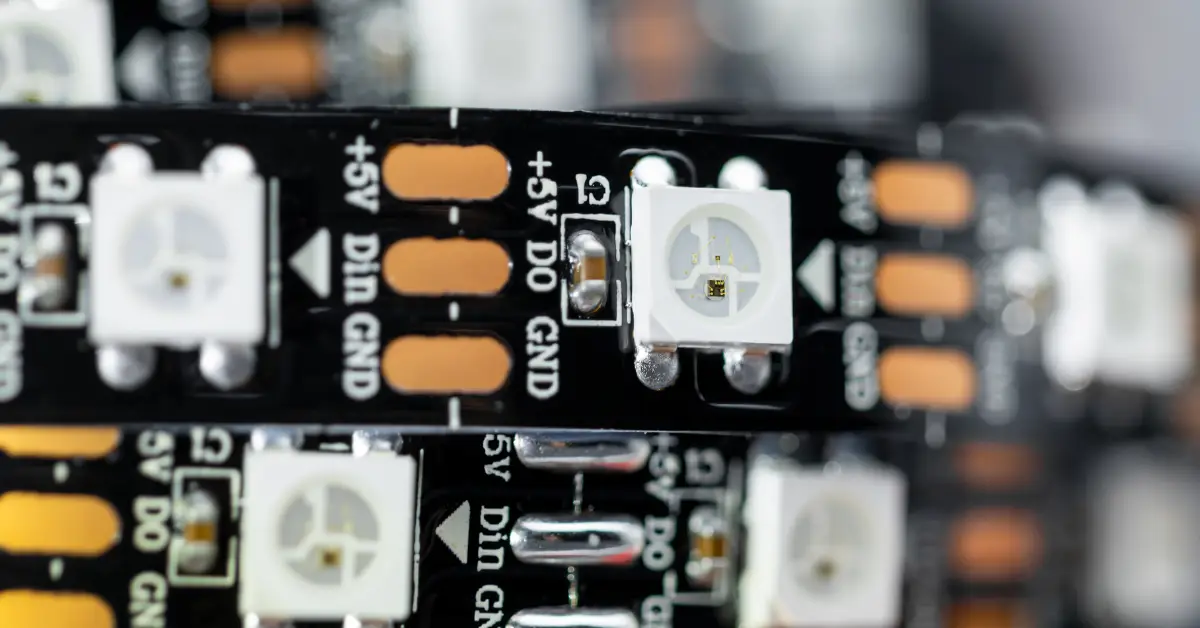
It’s important to choose the right sink for your LED light strips. You cannot use any of the heat sink with strips. So, before buying the heat sink check the types of heat sinks and choose the right type you need either an active heat sink or a passive heat sink.
After that, you need to consider some factors.
Firstly, you need to choose the right material for a heat sink. Aluminum and copper both materials are both used in heat sinks due to their high thermal conductivity.
Aluminum heat sinks have low thermal conductivity as compared to copper heat sinks and are lightweight. They are used with low-powered strip lights.
Copper has excellent thermal conductivity and is used with high-powered LED strips for proper cooling.
After choosing the right material choose the right size of heat sink depending on the length, width, and density of Sttips.
And the last thing, consider the thermal resistance of the heat sink. Choose the heat sink with low thermal resistivity for better heat dissipation.
If you feel any hesitation in choosing the right type of Heat sink for your strip lights, you can contact from electrician.
Conclusion
LED light strips need a heatsink or proper ventilation when you use them. So, firstly try to install them at a place where fresh air circulates regularly to keep the strips cool. Also sometimes, we install strip lights at the places where heat is trapped inside the strips. So you need the right type of heat sink to prevent your strips from overheating.


